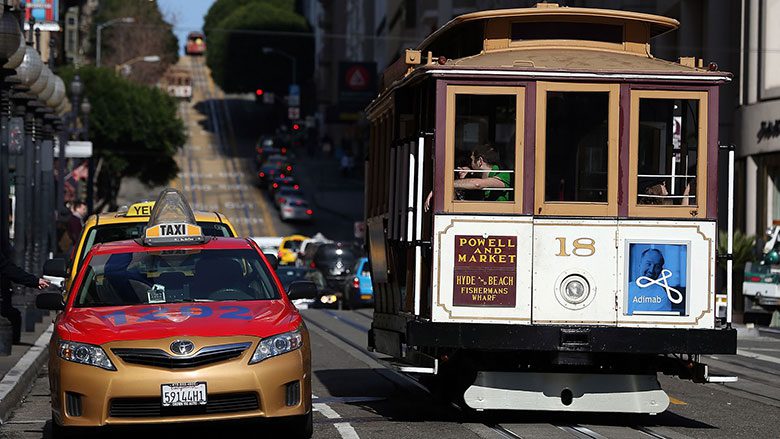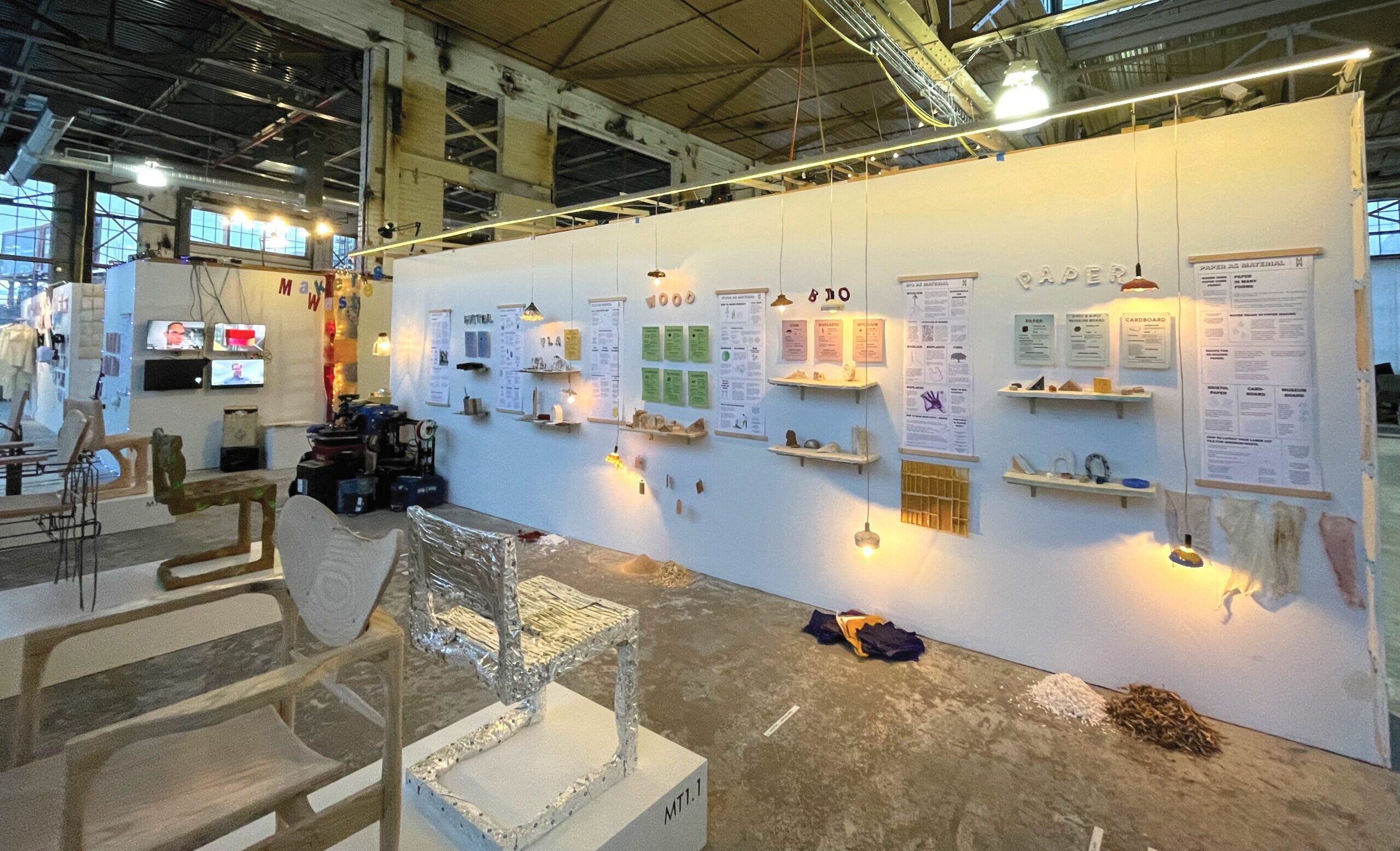As public transportation systems across the country struggle with low ridership and costly underutilized lines, some are experimenting with new systems that incorporate ridesourcing services to serve “last-mile” trips or to bring commuters to their fixed routes. But how will commuters respond to these changes?
University of Michigan researchers Xiang ‘Jacob’ Yan, a doctoral student at the Taubman College of Architecture and Urban Planning Jonathan Levine, a professor at the Taubman College, and Xilei Zhao, a postdoctoral fellow in industrial and operations engineering, sought to find out how commuters would react to tweaks in the traditional transit system.
They surveyed faculty, staff and students to learn their stated preferences toward MTransit, a proposed program to reinvent the current free bus service on U-M’s Ann Arbor campus. The concept would replace the current 12 bus routes with four higher-frequency routes in the central, high-volume corridors while adding on-demand shared shuttle services in the outer areas.
A pilot implementation, named RITMO Transit, was deployed earlier this year on U-M’s North Campus.
The survey data were used to forecast transit use under the proposed system. In addition to using riders’ stated preferences, the authors also looked at their revealed preference, or what they did, to create a more reliable prediction of how people would react to a new system.
“You can design an optimal system, but if you don’t listen to what travelers do and how they actually behave it won’t take you very far,” Levine said.
Key findings include:
- Replacing low-ridership bus lines with ridesourcing services could slightly increase transit ridership while reducing operations costs.
- Travelers dislike transfers and additional pickups, and are much more likely to use public transit if the trip does not involve them.
- Service improvements offered by ridesourcing primarily come from reductions in wait time.
- When used to provide last-mile connections from home or work to public transit, ridesourcing could boost transit usage by 28 percent.
“When riders take the bus, they just need to consult the schedule. This new system will require them to use their phone to request a ride,” Yan said. “How will riders respond and use a system like this? This study gives scientific evidence to quantify the response from the travelers and illustrates the tradeoffs that transit agencies need to face.”
Levine said that the size of U-M’s transit system is about the size of a mid-sized municipal transit system. And it has the added benefit of having both the main operation and the on-demand transit directly under the U-M system.
“What we can do here can be a good model for other places that face more institutional constraints than we do,” Levine said.
Author: U-M News Service Greta Guest





